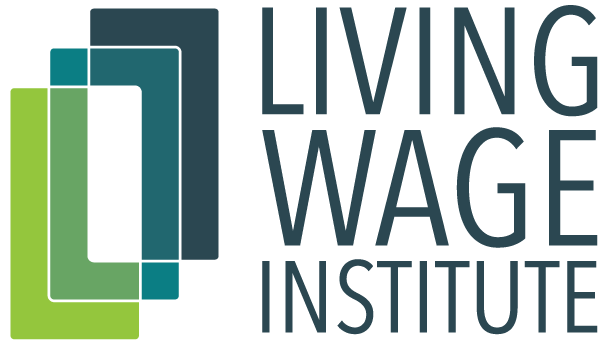



For further information, please visit the FAQs and Methodology pages or submit a question or request through the Contact page.
© 2024 Dr. Amy K. Glasmeier and the Massachusetts Institute of Technology
SIGN INAmericans have long lived in a nation made up primarily of middle-class families, neither rich nor poor, but comfortable enough.
This year, that changed, according to the Pew Research Center.
A just-released analysis of government data shows that as of 2015, middle-income households have become the minority. The trend is so firmly established that it may well continue; Americans have experienced "a demographic shift that could signal a tipping point," Pew researchers concluded Wednesday.
Thanks to factory closings and other economic factors, the country now has 120.8 million adults living in middle-income households, the study found. That compares with the 121.3 million who are living in either upper- or lower-income households.
"The hollowing of the middle has proceeded steadily for the past four decades," Pew concluded.
And middle-income Americans not only have shrunk as a share of the population but have fallen further behind financially, with their median income down 4 percent compared with the year 2000, Pew said.
So what exactly does it mean to be a middle-income family?
Pew starts with the U.S. median household income, which is the paycheck smack in the middle of them all, lined up from smallest to biggest. In other words, half of all households earn more, and half earn less. Then Pew defined "middle class" as households that had at least two-thirds of the median income, but no more than double that amount. And it adjusted for household size.
Using that formula, Pew concluded that back in 1971, about 2 out of 3 Americans lived in middle-income households. Since then, the middle has been steadily shrinking. Today, just a shade under half of all households (about 49.9 percent) have middle incomes.
Slightly more than half of Americans (about 50.1 percent) either live in a lower-class household (roughly 29 percent) or an upper-class household (about 21 percent).
But Pew also points out that Americans have all gained. That is, the median income has risen 34 percent since 1970.
So we should be grateful, no? Yes, but here's the rub: Upper-class Americans have seen their incomes rise 47 percent, while lower-class families have gained only 28 percent.
In other words, the U.S. economy has been growing, and we all have been getting wealthier. But people who have the biggest incomes have been pulling away from the pack in a trend that shows no sign of slowing. Those upper-class households are increasingly likely to be headed by a married couple with higher educations, the data show.
"Those Americans without a college degree stand out as experiencing a substantial loss in economic status," Pew concluded.
The Pew study is the latest showing lost momentum for the middle class. For example, in August, Georgetown University's Center on Education and the Workforce released a study showing that high-paying jobs are proliferating, but not middle-income jobs.
The Georgetown report concluded that the U.S. economy now has about 1 million more jobs that rank in the top third of income-generating occupations. But the middle third jobs have not yet recovered from the recession — that category is still showing 900,000 fewer jobs, compared with pre-recession levels.
The Georgetown study's key finding was this: Since the recession ended, "almost all good jobs have gone to college graduates. Out of the 2.9 million good jobs created since the recovery, 2.8 million have been filled by workers with at least a bachelor's degree."The struggles of middle-class American families and growing income inequality have risen to the top of the national agenda. A new Stateline analysis shows that in all 50 states, the percentage of “middle-class” households—those making between 67 percent and 200 percent of the state’s median income—shrunk between 2000 and 2013. The change occurred even as the median income in most states declined, when adjusted for inflation. In most states, the growing percentage of households paying 30 percent (the federal standard for housing affordability) or more of their income on housing illustrates that it is increasingly difficult for many American families to make ends meet. Hover over states for details.
SOURCE: March 19, 2015 By Tim Henderson Stateline analysis of American Community Survey, U.S. Census and IPUMS-USA, University of Minnesota.